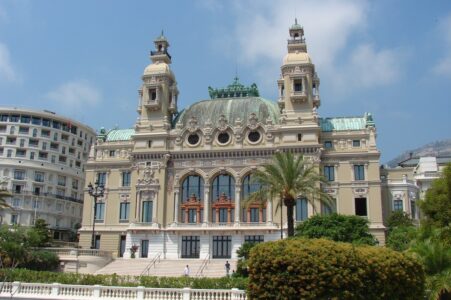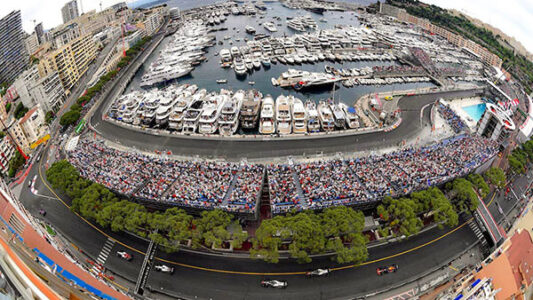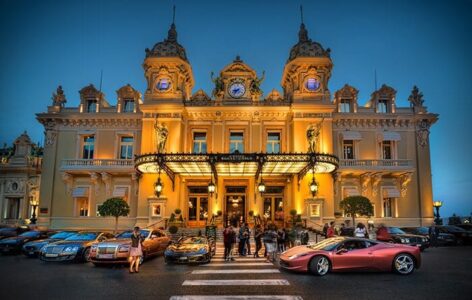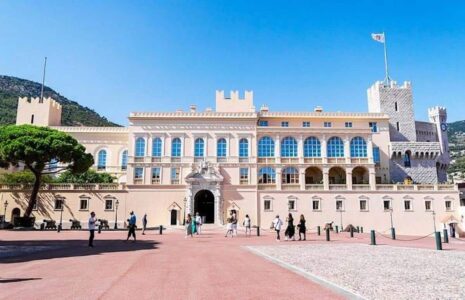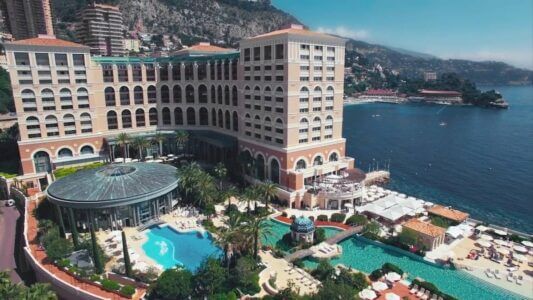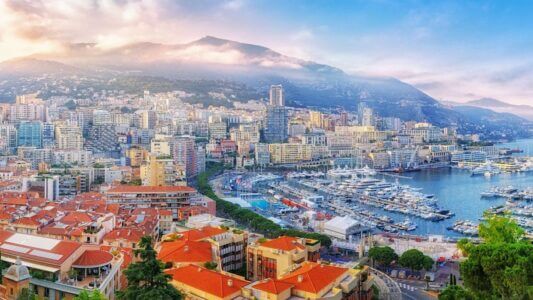AIAP Monaco: seven decades of commitment to visual arts in the Principality
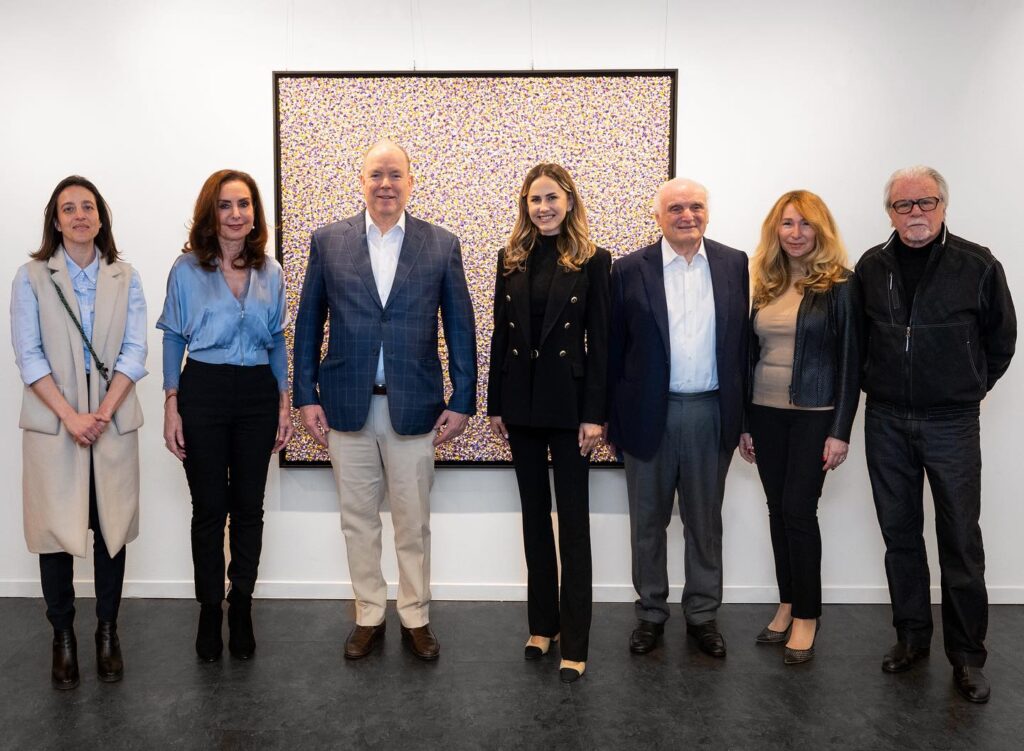
Founded in 1955 under the auspices of UNESCO, the Comité Monegasque National Monégasque de l’Association Internationale des Arts Plastiques (National Committee of the International Association of Art) is celebrating seven decades in operation this year.
We take a look back at the history of a cultural institution that has remained true to its mission over the years: to promote the visual arts and build bridges between artists from all over the world.We take a look back at the history of a cultural institution that remained true to its mission over the years: to promote the visual arts and build bridges between artists from all over the world.
1955: creation in the post-war momentum
The history of the Monegasque Committee began in 1955, when Etienne Clérissi, a painter, architect and well-known figure in the Principality, decided to set up a local branch of the International Association of Art. It had just been founded in Paris, at UNESCO, with the prestigious patronage of Georges Braque and Pablo Picasso. The context is particularly favourable. Monaco joined UNESCO in 1949, just a few years after its creation, and was part of this international dynamic of cultural reconstruction. The AIAP responded to a profound need of the time: to create bonds between artists irrespective of borders, in a world still scarred by the Second World War.
A shelter for artists in exile
In the mid-twentieth century, Monaco became a refuge for a number of artists who were fleeing authoritarian regimes. Among them were two Catalan brothers, Ignasi Vidal and Luis Molné, who left Spain following the civil war and Franco’s repression. Very active in Monaco, they built a close-knit group around Monegasque personalities such as Clérissi, De Sigaldi and Irene Pagès. Because of their Spanish roots, they were also in close contact with the Parisian Catalan branch of the AIAP. This diversity of influences and backgrounds forged the Committee’s identity: stylistically very different, often belonging to different artistic groups, the artists nevertheless shared a rich history that is still largely unknown in the Principality.
From 1992 to 2024: international expansion
In 1992, Claude Rosticher, then Chairman, asked Marie-Aimée Tirole to succeed him. A Monegasque artist and art teacher, she held the position for over three decades. In 1995, Prince Albert II, then Crown Prince, accepted the honorary presidency of the Committee, a commitment he has carried on for 30 years now. His support is in keeping with Monaco’s longstanding tradition of patronage of the arts, inherited from the Renaissance.
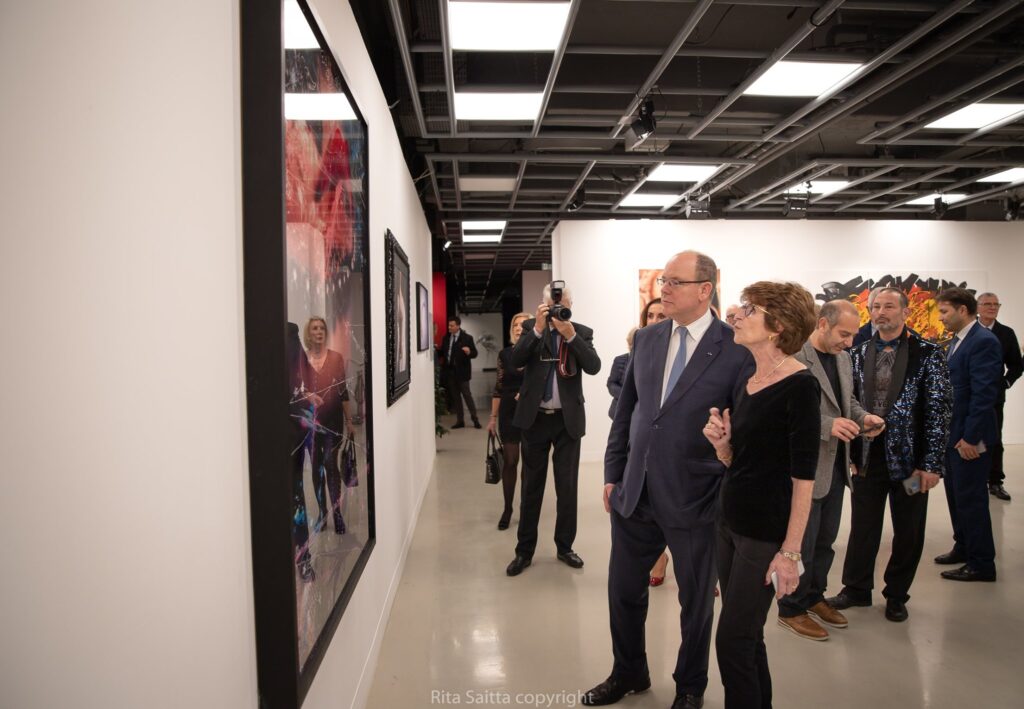
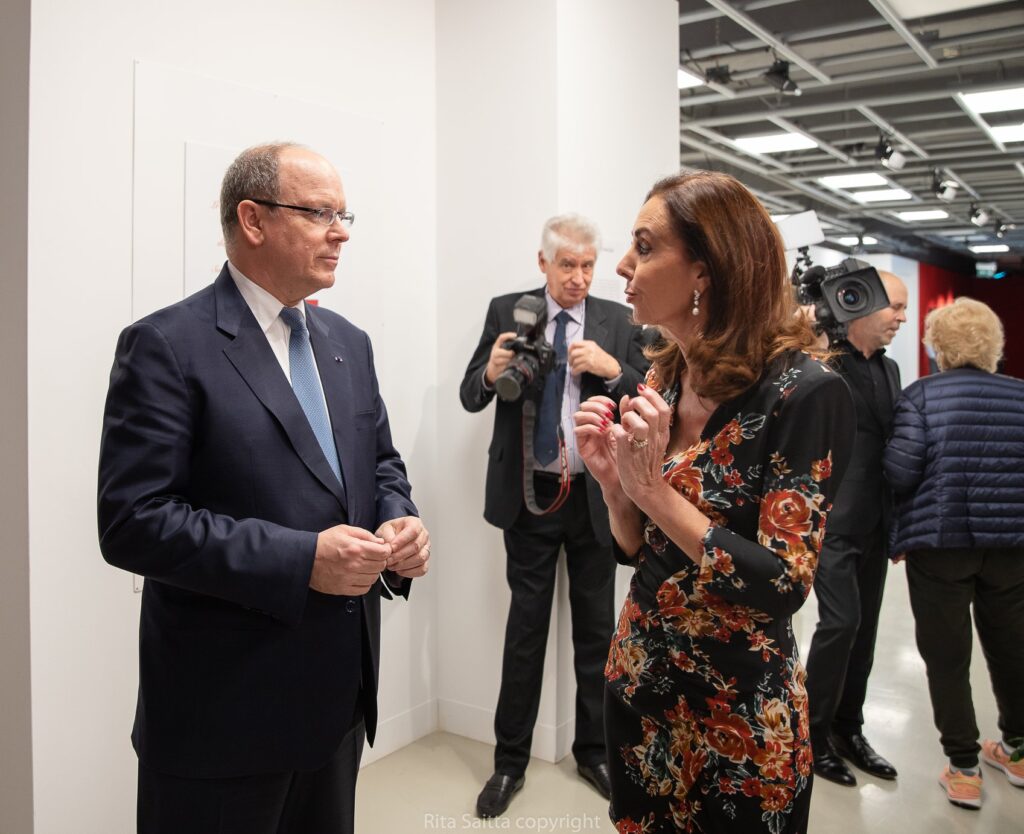
With the end of the 1990s came a new direction. In 1998, the Department of Cultural Affairs granted the Committee an annual slot in the calendar at the newly renovated Exhibition Hall at 4, Quai Antoine 1er. That same year, the articles of association were amended to include benefactors, thereby broadening the association’s base. The Mediterranean Hic et Nunc exhibition ushered in this new era with, for the first time, an illustrated catalogue accompanied by prefaces by historians and curators. In 2000, the State Property department provided the Committee with new, well-appointed headquarters at 10, Quai Antoine 1er. That same year, the Nouveaux Paysages fair started a tradition that is still going strong: an annual, themed exhibition accompanied by an official catalogue registered with the Bibliothèque Louis Notari.
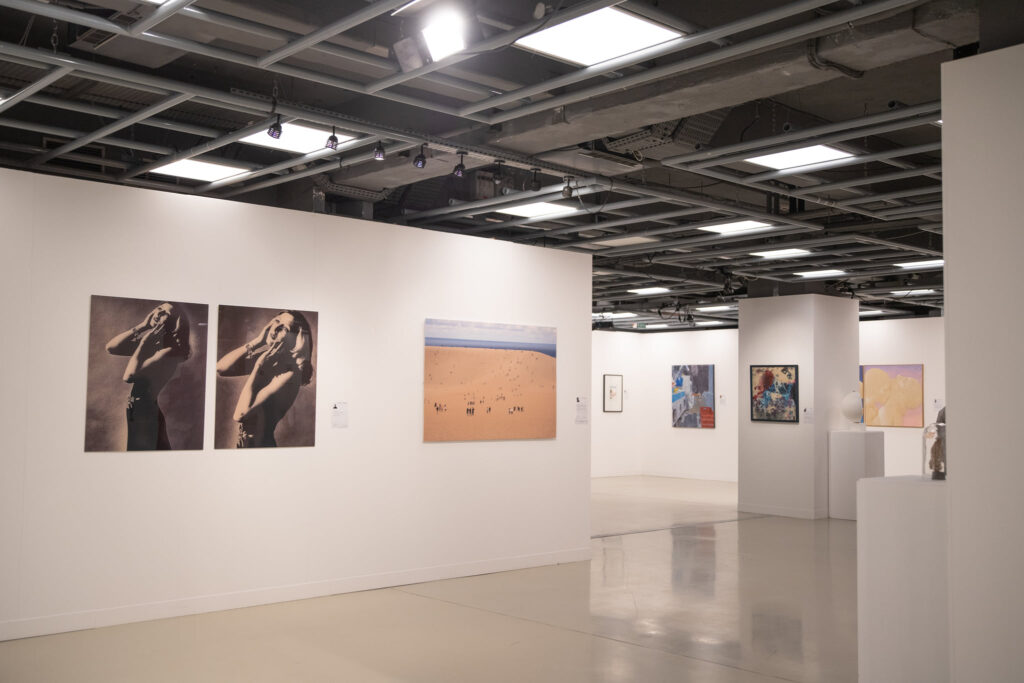
The Monegasque Committee may be one of the smallest in terms of size, but it is nevertheless one of the most active in the AIAP’s worldwide network, which now comprises over 80 national committees.
Exhibitions abroad are on the increase: Boston in 1995, a participation in the 50th Venice Biennale in 2003, then the first Beijing Biennale the same year, followed by many subsequent editions. The Committee also exhibits in Sharjah (United Arab Emirates), Germany (Potsdam, Cologne, Munich), Spain (Madrid), Italy, Liechtenstein, Morocco, Tunisia, Poland and even Japan, with an annual exhibition in Osaka.
“Children of War” exhibition explores daily lives of young Ukrainians
In Monaco itself, from 2000 to 2019, the Committee organised an annual exhibition of sculptures and photographs at the Jardin Exotique, donated by Monaco Town Hall. A number of high-profile themed exhibitions came about, including Memory Lane in partnership with Belgian collectors and the Belgian Ministry of Culture, and Afrika Sana featuring artists from Kinshasa and works from the Tervuren museum.
A new presidency going forward
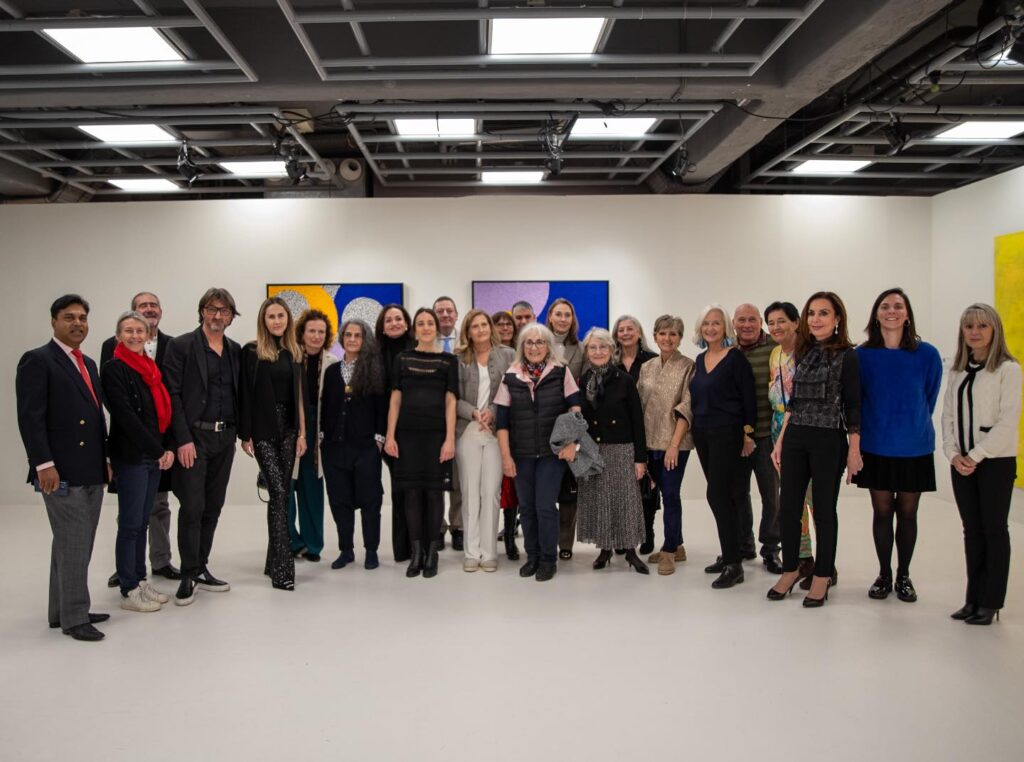
Last year, Marie-Aimée Tirole handed over the reins to Stefania Angelini, an Italian curator whose research focuses on contemporary culture, the environment, architecture and the body. Today, the Monegasque National Committee of the AIAP continues to organise workshops, conferences, visits to studios and exhibitions for its members. It also hosts selected artists for ad hoc residencies in its studio.

